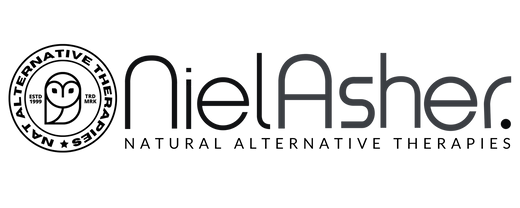Trigger Point Release - Compression Techniques

Trigger points are located through palpation and then treated with a number of techniques including the most often used - Inhibition Compression Technique
Palpation is part art and part science. Initially you should seek to relax the patient sufficiently to gain access especially prior to any potentially painful treatment.
Palpation comes through time and experience and a thorough knowledge of anatomy; it is the key to effective trigger point therapy.
A thorough case history with thoughtful and directed questioning is essential, as is an engaging approach with the client. It is important to talk with the client: explaining procedures reduces the client's anxiety levels, and allows participation in the treatment process. Involving the client is also a key step in trigger point therapy, as you rely on feedback to locate the exact center (heart) of the trigger point.
How do you know it is a trigger point?
You are looking for:
• Stiffness in the affected/host muscle
• Spot tenderness (exquisite pain)
• A palpable taut nodule or band
• Presence of referred pain
• Reproduction of the patient’s symptoms (accurate)
• A warmer (or colder) region than the surrounding tissues
• A region more moist than the surrounding tissues
• An area that feels a little like sandpaper
• Possible loss of skin elasticity in the region of the trigger point
Inhibition Compression Technique
This is often the best technique to use on an active trigger point. It involves first locating the trigger point that causes a specific referred pain pattern (preferably reproducing the client’s symptoms) and then applying a direct inhibitory pressure to the point.
Although referred to as ischemic, it is now commonly accepted that you do not need to compress the trigger point to the point of ischemia, although you may wish to, and may still be considered beneficial in certain situations.
This technique is very effective, but is best used in conjunction with other stretch and release techniques. The current approach is explained in the video above.
Some therapists find that it is easier to lean on the trigger point, and not to push or press on it. This literally means that once the point has been found, you lean your weight through the applicator rather than pushing or pressing it. This can in some circumstances be more comfortable for you and the client.
Find a Trigger Point Professional in your area
Dry Needling for Trigger Points
Certify as a Trigger Point Therapist

This trigger point therapy blog is intended to be used for information purposes only and is not intended to be used for medical diagnosis or treatment or to substitute for a medical diagnosis and/or treatment rendered or prescribed by a physician or competent healthcare professional. This information is designed as educational material, but should not be taken as a recommendation for treatment of any particular person or patient. Always consult your physician if you think you need treatment or if you feel unwell.

Ready to take your practice to the next level?
Explore which continuing education course is right for you.















